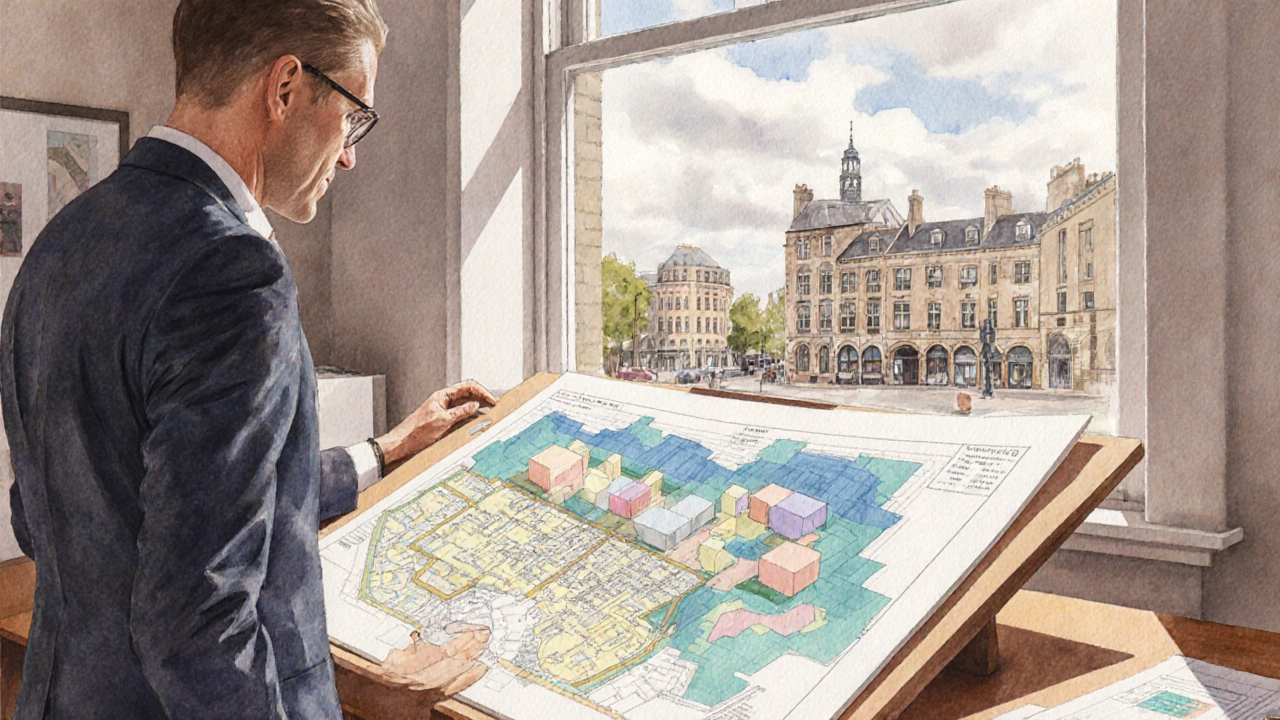Understanding Sustainable Architecture
When working with Sustainable Architecture, the practice of designing and constructing buildings that minimize environmental impact while providing healthy, efficient spaces. Also known as green building, it sustainable architecture requires thoughtful material choices and design strategies. Alongside Green Building Materials, resources such as reclaimed timber, low‑embodied‑carbon concrete, and locally sourced stone that cut waste and transport emissions, the field embraces Energy Efficient Design, layout, insulation, and building systems that lower a building’s operational energy use. It also leans on Low‑Carbon Construction, methods like prefabrication and modular assembly that reduce on‑site waste and carbon output, and Renewable Energy Integration, the inclusion of solar panels, wind turbines, or geothermal systems that supply clean power. These elements together create a built environment that respects the planet while meeting human needs.
Key Pillars that Drive Sustainable Architecture
The first pillar, green building materials, directly trims the carbon footprint of a project. Using locally quarried limestone—like the high‑quality stone from Lime Hillock—cuts transport emissions and supports regional economies. Second, energy‑efficient design reduces the ongoing energy bill and improves indoor comfort; simple steps like proper orientation, high‑performance glazing, and smart HVAC controls make a big difference. Third, low‑carbon construction techniques, such as timber‑frame structures, lower embodied energy compared to steel or concrete, and modular building speeds up timelines while limiting waste. Finally, renewable energy integration turns a building from a net emitter into a net producer; solar arrays on rooftops or facades can offset a sizable portion of electricity use. Together these pillars form a feedback loop: better materials enable smarter design, which in turn supports cleaner construction and power generation.
Understanding how these pieces fit helps you evaluate any construction project through a sustainable lens. In the collection below you’ll find practical guides on material selection, construction methods, profit considerations, and even how to spot hidden moisture that can undermine green goals. Whether you’re a contractor, developer, or homeowner, the articles ahead give you concrete steps to make your next build more responsible, resilient, and cost‑effective. Dive in to see how each topic connects back to the core ideas of sustainable architecture.
Different Types of Architectural Services Explained

Explore the various architectural services from feasibility studies to sustainable design, learn what each includes, typical fees, and how to pick the right mix for your project.
read more



